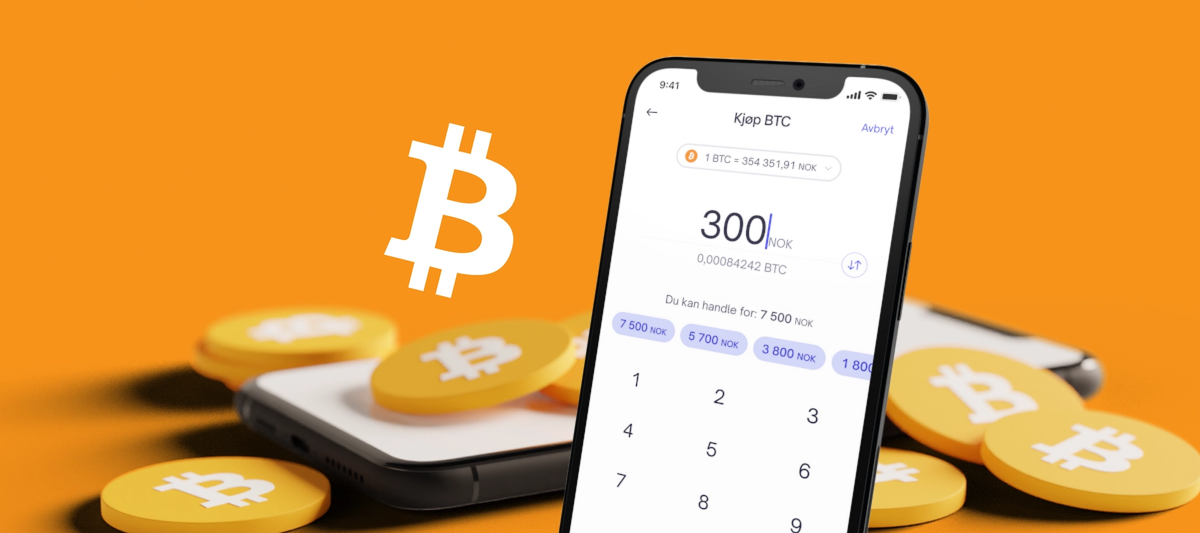The Lightning Network is gaining popularity, making Lightning wallets essential for everyday transactions. This article explores why the Lightning wallet is often preferred over the Bitcoin wallet and highlights the downsides of both. While the traditional Bitcoin Network is reliable and secure, it does have its limitations.
As a revolutionary financial system, Bitcoin has changed how we view money, decentralization, and control. Its innovation, known as the Bitcoin Network, offers a global and peer-to-peer system that operates without centralized authority.
However, like all innovations, it is not without its downsides, join us as we explore the downsides of both the Bitcoin network and the Lightning Network and provide an overview of why a Lightning wallet is preferable to a traditional Bitcoin wallet.
The Bitcoin Network and its Downside
What’s A Bitcoin Network?
The Bitcoin Network is a decentralized, peer-to-peer system that allows users to send and receive Bitcoin transactions without the need for intermediaries, such as banks or governments. It operates on a technology called blockchain, a distributed ledger that records every transaction across multiple computers (or nodes) worldwide.
Despite its groundbreaking strengths, the Bitcoin Network has some notable drawbacks:
- Scalability Issues:
Bitcoin’s transaction speed is relatively slow compared to traditional payment systems like Visa. The Bitcoin Network can only process about 7 transactions per second, leading to bottlenecks and higher fees during times of heavy traffic. Solutions like the Lightning Network have been proposed, but scalability remains a challenge.
- Energy Consumption:
The process of mining Bitcoin is incredibly energy-intensive. The Proof-of-Work (PoW) system requires miners to solve complex mathematical problems, which consumes a massive amount of electricity. Critics argue that Bitcoin’s environmental impact could outweigh its benefits unless the network moves toward greener energy solutions.
- Regulatory Risks:
While Bitcoin offers financial freedom, it also faces increasing scrutiny from governments around the world. Regulatory crackdowns or the introduction of harsh policies could impact its adoption. Some countries have already banned or heavily restricted Bitcoin usage, which could limit its potential in certain regions.
The Bitcoin Network stands as a powerful innovation with the potential to revolutionize global finance. However, its downsides cannot be overlooked. The future of Bitcoin will depend on how well the community and developers can balance these downsides with the advantages it provides, ensuring that it remains a viable and sustainable option for years to come.

The Lightning Network and its Downside
What is Lightning Network?
The Lightning Network is a second-layer solution built on top of the Bitcoin blockchain, designed to address Bitcoin’s scalability issues and enhance its usability for everyday transactions. It enables faster and cheaper transactions by allowing users to create off-chain payment channels. These channels allow multiple transactions to occur without needing to be recorded on the blockchain until the channel is closed, improving transaction speed and reducing costs. However, despite its benefits, the Lightning Network has its downsides.
While the Lightning Network presents an attractive solution to Bitcoin’s limitations, it has some notable drawbacks:
- Complexity and Usability:
The Lightning Network is more complex to use than the standard Bitcoin Network. It requires users to open and fund payment channels, which can be difficult for non-technical individuals to understand. Additionally, managing channels and liquidity can be complicated, potentially hindering mainstream adoption.
- Centralization Risks:
Although the Lightning Network is built on the principles of decentralization, it faces the risk of centralization. Large, well-funded nodes that control significant liquidity might dominate the network, giving them outsized influence and control over routing payments, which could undermine the decentralized ethos of Bitcoin.
- Capacity and Channel Liquidity:
For a payment to be routed through the Lightning Network, there must be enough liquidity (Bitcoin) in the payment channels. If channels don’t have sufficient capacity, payments may fail, particularly for larger transactions. This makes Lightning more effective for small, frequent transactions rather than large transfers.
- Security Risks:
While the Lightning Network is generally secure, it has some unique risks. For example, if a user’s payment channel partner attempts to cheat by broadcasting an old state of the channel, the user must be online to detect and challenge this fraud in time. Otherwise, they risk losing funds.
The Lightning Network solves Bitcoin’s scalability issue by enabling faster, cheaper transactions. However, its downsides pose challenges for wider adoption. As Bitcoin evolves, the Lightning Network may improve, but these trade-offs must be considered for mainstream use.
Why Many Consider using a Lightning Wallet over Bitcoin Wallet?
Brief explanation on Bitcoin Wallet and Lightning Wallets:
- Bitcoin Wallets
A Bitcoin wallet is a digital tool that allows users to store, send, and receive Bitcoin. It holds the private and public keys necessary to access and manage Bitcoin on the blockchain. While the wallet doesn’t store Bitcoin itself (since Bitcoin is stored on the blockchain), it allows users to interact with their balance and perform transactions.
- Lightning Wallets
A Lightning wallet, on the other hand, is designed for use with the Lightning Network—a second-layer protocol built on top of the Bitcoin blockchain. This network enables faster and cheaper transactions by creating off-chain payment channels. Users can transact instantly with lower fees, making microtransactions and everyday purchases more feasible. Lightning wallets often have unique features, such as managing channels and instant payment routing.
When considering the downsides of the Bitcoin Network, such as slow transaction speeds, high fees during congestion, and scalability issues, traditional Bitcoin wallets can become less practical for everyday transactions. For example, regular wallets on the main Bitcoin blockchain can take several minutes to confirm transactions, and fees can rise during times of high network usage. This is where Lightning wallets come in.
Lightning wallets are built on the Lightning Network, a second-layer solution that addresses Bitcoin’s scalability problem. These wallets allow users to send and receive Bitcoin almost instantly and with minimal fees by moving transactions off-chain and only settling on the main blockchain when necessary.
While Lightning wallets offer speed and lower costs, they come with their own downsides, such as complexity, liquidity issues, and routing challenges. They also require both parties to be online to complete a transaction, unlike regular Bitcoin wallets that work offline. Despite these challenges, Lightning wallets are increasingly seen as a practical solution for smaller, everyday transactions compared to regular Bitcoin wallets.
Overall, many users prefer Lightning wallets for their efficiency and cost-effectiveness, especially for regular transactions.
To read more about why you should consider a Lightning Wallet, check out this insightful article here.





